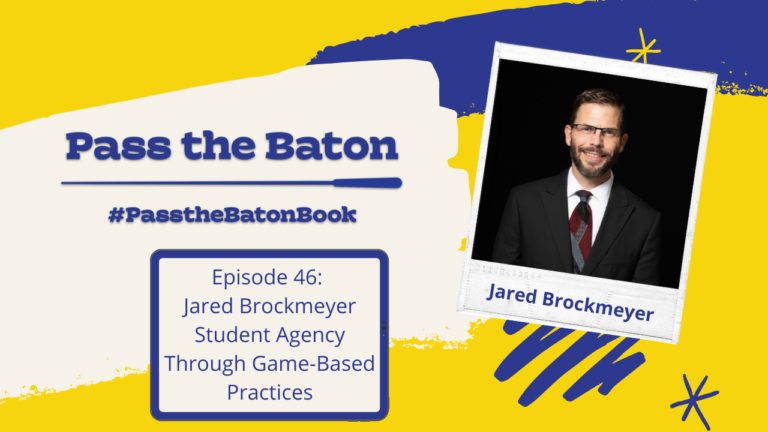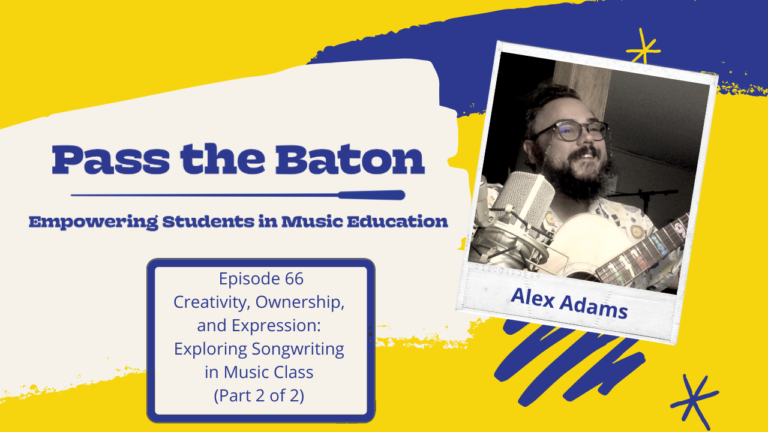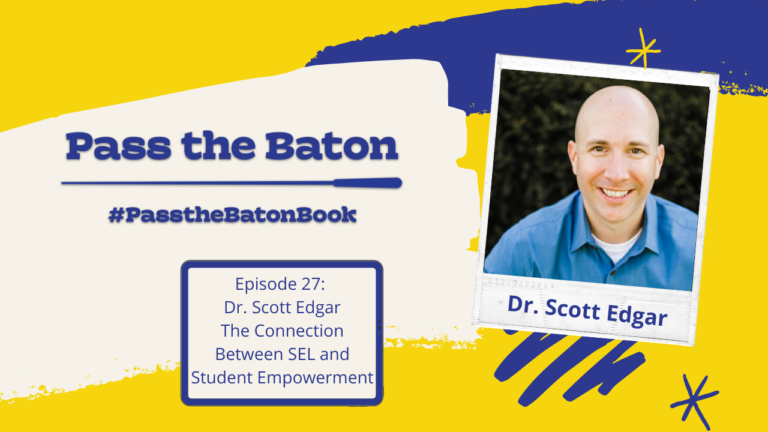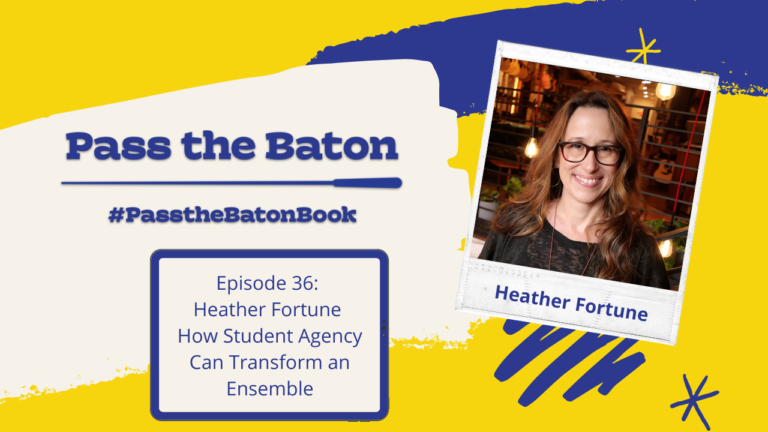In part two of this interview, Kathryn and Theresa continue the conversation with Jesse Rathgeber, a music education professor at Augustana College, about his views on planning and teaching student-centered music classes. If you missed part 1, check it out here: Crafting Student-Centered Lessons, Part 1.

Transforming an Elementary School Performance
One specific area that Jesse transformed to be more student-centered was what started as an elementary school Christmas program. After purchasing a pre-packaged program the first year, the next year he did a program based on the Carnival of the Animals and worked together with students to create the movements. The next year’s program was a jazz themed program, followed by a Beatles program. As the programs progressed, students began helping with video editing, choosing music, and creating speaking parts. Each year, the students took more ownership. The classroom teachers and technology teacher were also involved. As the performances evolved, so did Jesse’s role in the classroom. He moved from being a teacher/director to a facilitator. He made sure things were running smoothly in the classroom, helped to de-escalate arguments, and kept students moving in the right direction.
“I asked myself a lot of hard questions about what my role in the space was, and had a lot of uncomfortable feelings. I’ve now learned that if I’m slightly uncomfortable…I’m probably in the right space.”
Throughout the process, Jesse made incremental changes, followed the students’ interests, and asked himself a lot of hard questions about what his role in the space was. So much of teaching is learning to get out of the students’ way. Jesse points out that Lucy Green’s work in informal learning also speaks to this idea. Be with the students, besides them, but don’t be a roadblock. Always be responsive to the students’ needs. Jesse also reminds us it’s better to make small incremental changes than not make any changes at all.
Advice to Teachers
Jesse had several pieces of advice for teachers looking to craft more student-centered lessons. First, find something that you think will resonate with your students that’s also something you can see yourself doing. It has to be scaled for the teacher while also making sure the students are ready for it. If the students aren’t ready for it, the experience becomes oppressive instead of empowering. One simple thing to start with is just asking questions. Asking questions that don’t have obvious answers.
Another easy way is to get to know the students informally. For Jesse, he would talk with students during breakfast and lunch, or open the classroom in the morning for students to play music or just talk. He found these were great opportunities to get to know the students better.
Finally, Jesse says to look for other teachers in the building who are already creating student-centered lessons. Observe teachers, watch their collaboration, and join the conversations. Don’t assume that strategies and activities “aren’t for music teachers.” Much of what stands in the way of something being for music teachers is the teachers themselves. Jesse learned a lot from listening to discussions about literacy, to the point where it changed how he taught music composition. Listening to discussions about bilingual education taught him about how language works and metaphors, and how they can hide understanding.

Jesse reminds us to be vulnerable and open to other ideas that don’t seem musical. We should ask the hard questions of ourselves and be ok being uncomfortable. Conversations about student agency and empowerment aren’t new. John Dewey began talking about the concepts 100 years ago!
To hear even more about these topics, check out the full interview here: Crafting Student-Centered Lessons, Part 2.
If you missed part 1, watch it here: Crafting Student-Centered Lessons, Part 1.
If you are interested in learning more about Jesse’s work, be sure to check out his website and follow him on social media:
- Twitter & Instagram: @Jesse_Rathgeber
- Email: jesserathgeber@augustana.edu
- Website: www.jesserathgeber.com





